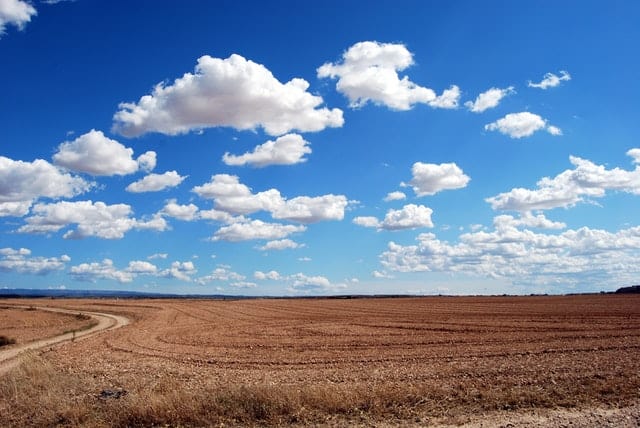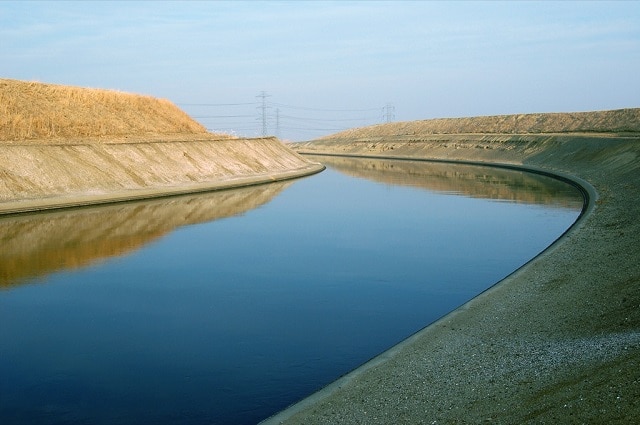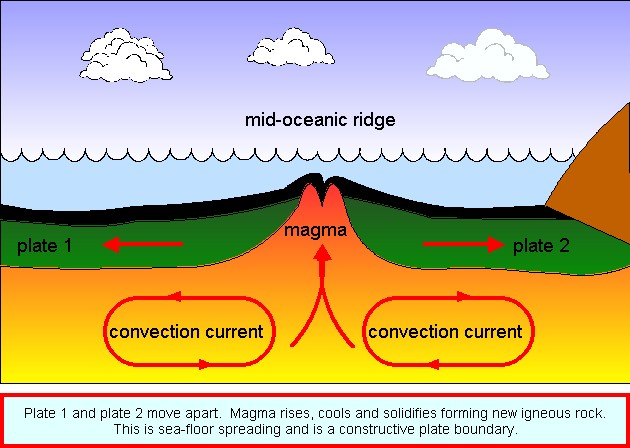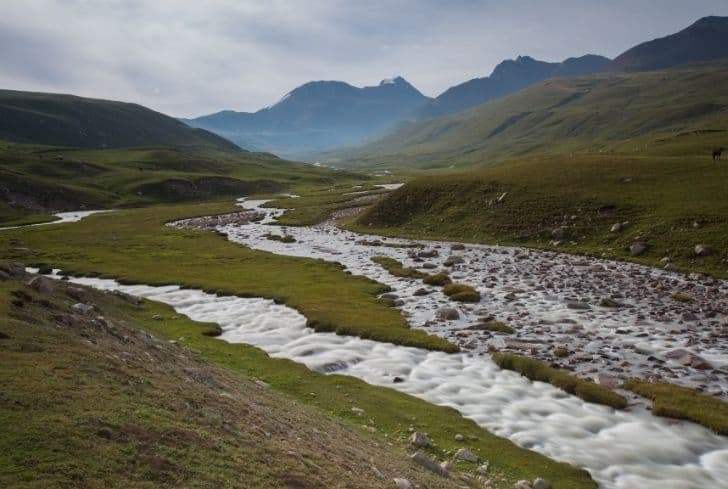Plain Landform: Types, Location and Importance

First and foremost, the term ‘landform’ refers to all the features on the Earth’s surface which are of natural origin. They are naturally occurring formations or areas of land. There are four major types of landforms. They are: Mountains, Plateaus, Hills and Plains. Below is a discussion about plain landform, its types, location and importance.
A Plain landform is a broad area of flat sweeping landmass that generally does not change much in elevation. It is relatively flat and does not change much in elevation within a common area. This type of landform is generally lower than the surrounding landmass and may be found along an inland or coast. It exists on every continent and covers more than one-third of the world’s total land area. This type of landform is mostly suitable for settlement and agricultural purposes. In agriculture, plain landforms are more suitable for farming than plateaus or mountains.
Plain landforms are postulated to have been formed from flowing lava deposited from hills and mountains by ice, water, wind or erosion.
Before a landform can be referred to as plain, it must exhibit the following characteristics:
- It must be a land
- The land must be flat, broad or slightly rolling
- It must be low in elevation in comparison to the surrounding landmass.
Typical examples of plain landforms include the following amongst many others:
- Curry county: In Eastern New Mexico on the North American great plains
- Western plains of Australia
- The plains of the central United States of America
- Yilan plain, Taiwan
- Cumberland Plain in Western Sydney, Australia.
Types of Plain Landforms
Although plains can be classified according to their surface relief and position, they are better classed according to their mode of formation. The following are the various types of plain landforms based on mode of formation:
- Depositional plains
- Erosional plains
- Structural plains
Depositional Plains
This type of plain landform is formed from materials deposited by rivers, glaciers, waves and wind. The type of sediment which constitutes this plain landform has a significant impact on the fertility and economic relevance of the consequent plain formed by deposition.
Furthermore, depositional plains can be grouped into the following categories:
Alluvial Plains
A depositional plain which is created by the deposition of sediment over a long period of time by one or more rivers coming from highland regions.
This type of depositional plain can be further classified as:
- Flood Plain: Usually adjacent to a lake, stream, river or wetland where occasional or periodic flooding occurs.
- Scroll Plain: A plain which has a very low gradient through which a river meanders
- Alluvial Plain: This type of depositional plain is formed over a long period of time by deposition of sediments by a river on flood plains or beds, which yields alluvial soil. This plain is characterized by a constant but small slope with little relief (local changes in elevation)
Examples of Alluvial plains include:
- The Po River plains in North Italy
- The Hwang Ho Plains of North China
Glacial Plains (formed from the movement of glaciers under the influence of gravity)
This type of depositional plain can be categorized as:
- Outwash plain: A glacial outwash plain formed at the terminus of a glacier by sediments deposited from melt-water. It consists of stratified gravel and sand.
- Till plains: A plain of glacial till that forms when a sheet of ice is detached from the main body of a glacier and melts in place, thereby depositing the sediments it carries. They are composed of unsorted materials of all sizes
Examples of Glacial plains:
- The plains of North-Western Eurasia
- Ladakh plains to the East of Shyok river and North of Chang Chenmo river
Abyssal Plains
Usually flat or gently sloping areas of the deep ocean basin
Planitia
Refers to plains found on extra-terrestrial bodies e.g. Planets and the Moon
Lava plain
A type of depositional plain formed by sheets of flowing lava
Lacustrine plain
This is a type of depositional plain that is formed at the bed of a lake
Erosional Plains
These are plain landforms that are produced from the action of various agents of denudation on an existing landform. These agents of denudation – River, running water, glacier and wind, wear out the rugged surface on an existing landform and smoothens them, giving rise to low undulating plain landforms. Two major types of plains result from this mode of formation of plain landforms:
- Peneplains (Almost plain): Which results from the action of the various agents of denudation mentioned above, exempting wind.
- Pediplains: Erosional plains formed from wind action
Examples of plains in this category include:
- Northern Canada plains
- Ice eroded plains of Western Africa
Structural Plains
They are undisturbed plain landforms on the Earth’s surface. They are structurally depressed areas which make up some of the most expanse natural lowlands on Earth. Usually, they are formed from horizontally bedded rocks relatively undisturbed by crust movements of the Earth. This type of plain landform is usually created by an uplifting diastrophic movement of a large landmass.
Examples of structural plain landforms are:
- The plains of the United States of America
- The central lowlands of Australia
Location of Plain Landforms
Plain landforms occur on the doorsteps of mountains as coastal plains (which rises from sea level until it runs into an elevated feature such as mountains or plateaus) and as lowlands along the bottoms of valleys. It also occurs as plateaus or uplands. A plain is usually enclosed on two sides when it is located in a valley or may be delineated by a partial or complete ring of hills by mountains or cliffs. A pass or gap connects various plains located within the same geological region.
Importance of Plain Landforms
- Plain landforms are of great importance in the agricultural sector. This is because, the sediments which makeup the various types of plain landforms contribute immensely to fertility, thereby facilitating excellent crop growth and grasslands which provide good grazing for livestock. Also, the approximate flatness of the various plain landforms facilitates mechanization of crop production.
- Population and settlements are usually concentrated on plains. This is because, towns are easily laid out on the approximately flat landform found on plains. The landform could be of great economic importance when traversed by rivers. Such plain landforms traversed by rivers make irrigation of farmlands on plains much easier than on any other land form used in agriculture.
- Plain landforms such as alluvial terraces attract good settlements and population concentration because of the advantage it offers over valley-bottom flood plains which is usually subject to annual or periodic flooding and hill slopes which may be too steep and rocky to cultivate.
- Plain landforms are excellent for sporting activities as they provide a levelled ground for sports and other recreational activities.
- Plains provide good communication routes such as railways, roads, airports
- Plains are good sources of mineral resources such as Coal, Tin and Petroleum
Sources:
- Resource library | encyclopaedic entry. Plain, Retrieved from https://www.nationalgeographic.org/encyclopedia/plain/
- http://www.edu.pe.ca/southernkings/plainmr.htm






